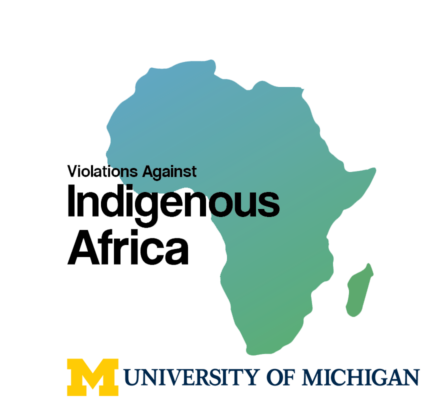Karayu traditionally live in the Fantalle district but many were evicted in 2006 for the creation of the Awash National Park and development projects such as the Metahara Sugar Factory and Upper Awash Agro-industry Enterprise. Karayu are also forbidden access to their only water source, the Awash River. Photo Credit: Flickr
Tag: Ethiopia
Investors Harm Herders in Gambella
A total of 1.2 million hectares of land in Gambella has been allocated for investors. These projects are seen as a threat to the livelihood of several pastoralist groups in the region. In 2018, more land continues to be sold to investors. Photo credit: Alfredo Bini
Hamar: Shift to Agro-Pastoralism
Many Hamar living in the SNNPR region are unable to herd cattle due to climate change, drought, and increased sugar operations. As a result, some Hamar are retraining as farmers to survive. Despite farming crops, many Hamar retain traditional ways of life. Whether pastoralism is sustainable may depend on government development. Photo credit: Africa Geographic
The Chabu
The Chabu are one of the final hunter-gatherer societies left on Earth. They are the victims of human rights abuses by the Ethiopian Government due to violent displacement from their forest home making way for agricultural development.
The Borana
The Borana live in the Oromia region of southern Ethiopia. Despite holding off major industrial change, they are in land disputes with the government and other pastoralist groups in Kenya. Photo credit: CGIAR, ILRI/S.Mann
Anywaa (Anuak) vs. Nuer vs. Gambella
The Anywaa are an agro-pastoralist group living in Gambella. The Nuer are pastoralists who primarily live in South Sudan, but have found much of their population fleeing to Gambella as refugees, resulting in conflict with the Anywaa. Today, the country is reportedly home to the world’s most internally displaced peoples. Photo credit: Francois Servranckx/MSF
The Afar
The Afar pastoralist group’s way of life is at risk from the Ethiopian Government, who allocated their land to large-scale agriculture and sugar industries. As a result, the Afar have resistance organizations seeking a multi-dimensional resolution defending their land rights. Photo credit: ADH/Stefan Trappe
The Eritrean Afar State in Exile
Caught in the Middle: Kunama Refugees
Indigenous Kunama people from Eritrea have sought refuge in Badme, Ethiopia, since the deadly Border War between the two rival countries. However, there may be hope for justice in 2018, including Ethiopian withdrawal from disputed areas near the border. Photo Credit: James Jeffrey/Al Jazeera

